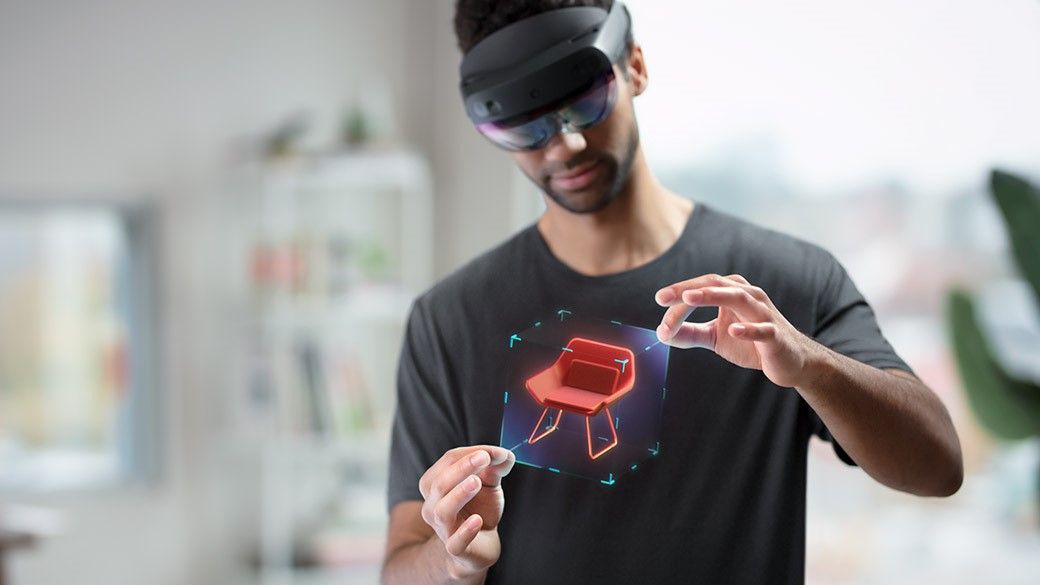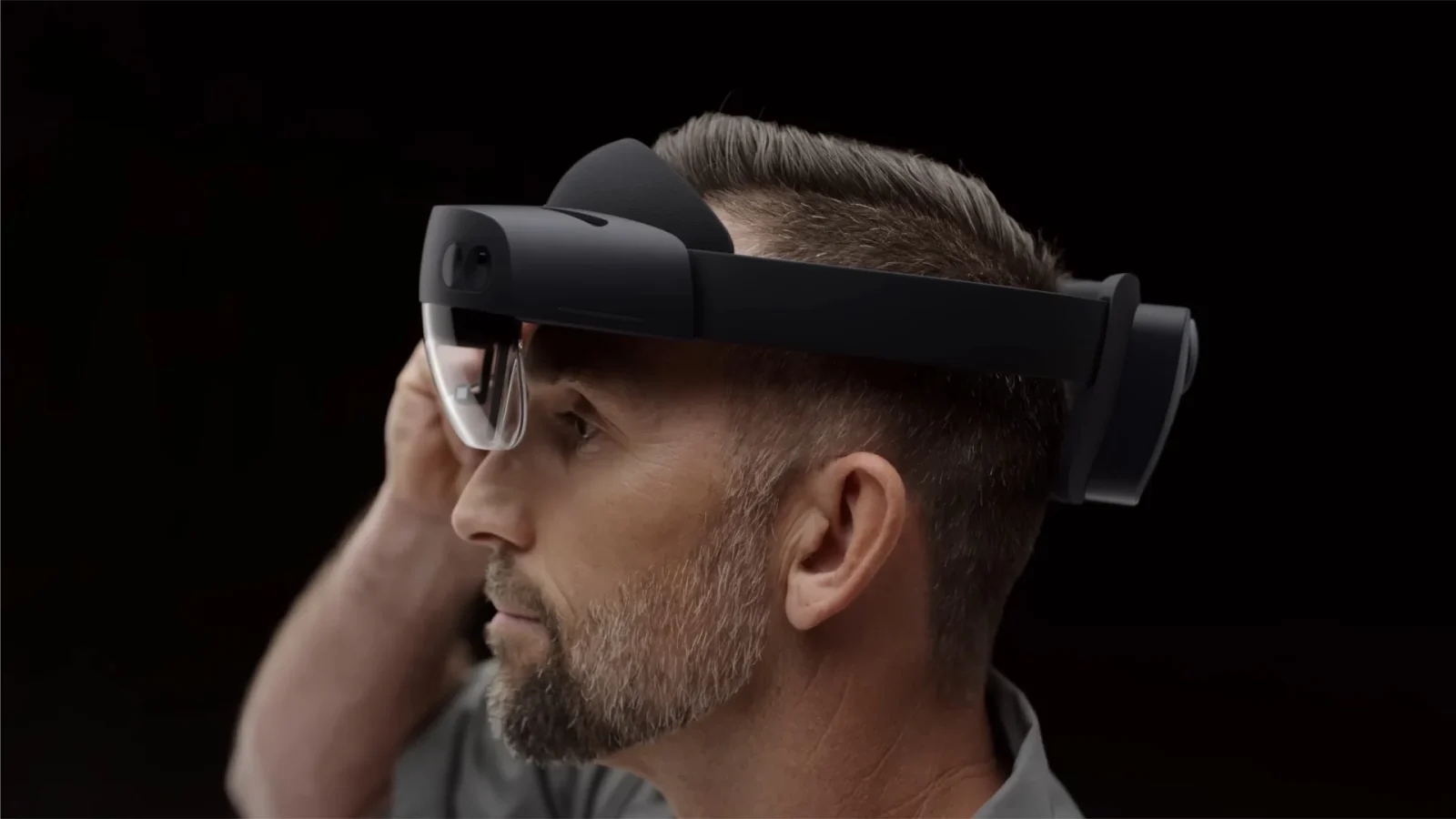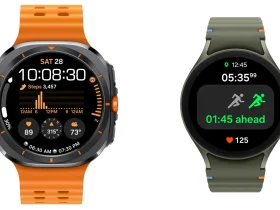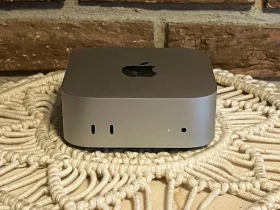Microsoft has signed a deal with Samsung to supply micro-OLED displays for a next-generation mixed reality headset that the tech giant is currently developing. This new headset is expected to be distinct from the existing HoloLens line, as it focuses more on consumer experiences like gaming and movie watching, rather than the broader “metaverse” applications that have been emphasized in previous devices.
The decision to develop a new mixed reality headset comes after a challenging period for Microsoft’s mixed reality division. The company previously canceled plans for a third-generation HoloLens and announced the closure of the Windows Mixed Reality platform in 2023. These developments suggested that Microsoft was reevaluating its approach to mixed reality, potentially moving away from its previous strategies.
There are strong indications that the new mixed reality headset will be powered by Android rather than Windows. This shift is significant as the current HoloLens 2 runs on Windows Core OS, which is tied to the UWP app platform—now considered obsolete by Microsoft.

Given this, Microsoft appears to be exploring alternative platforms, possibly aligning with broader industry trends, such as Meta’s recent openness to third-party headsets and rumors of Google’s upcoming Android XR platform.
Despite the potential shift to Android, Microsoft still intends to integrate Windows apps into the mixed reality experience. The company is reportedly developing a cloud-based solution, codenamed “Williams Bay,” that would allow users to run full Windows desktop apps in a mixed reality environment.
This solution would enable users to interact with these apps as if they were running locally and could include 3D enhancements tailored to the mixed reality space.
The timeline for the launch of Microsoft’s new mixed reality headset remains uncertain, with reports suggesting it could be ready by 2025 or 2026 at the earliest. While the exact release date and platform compatibility are still unclear, the project signals Microsoft’s continued investment in the mixed reality space, albeit with a potentially new direction and strategy.







Leave a Reply